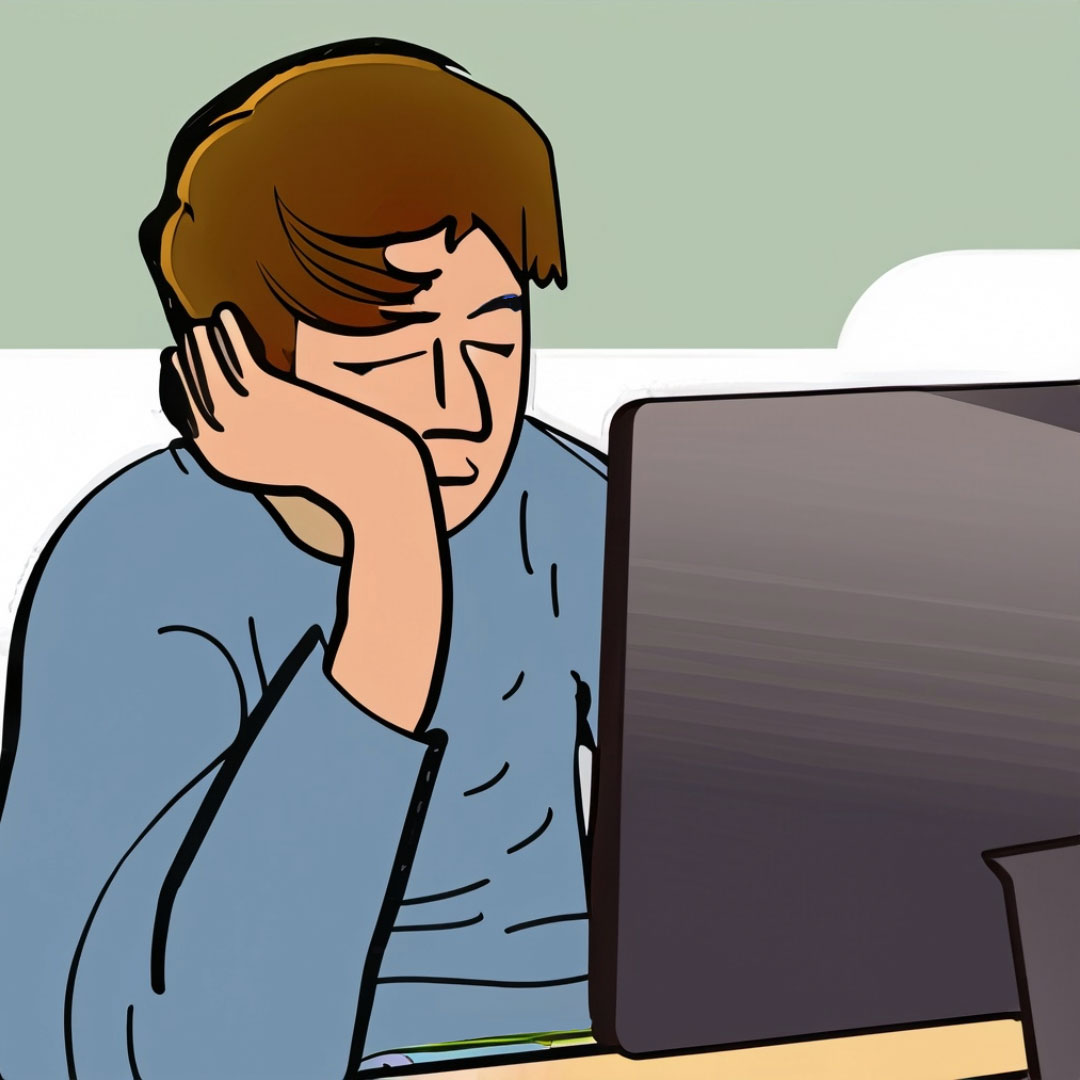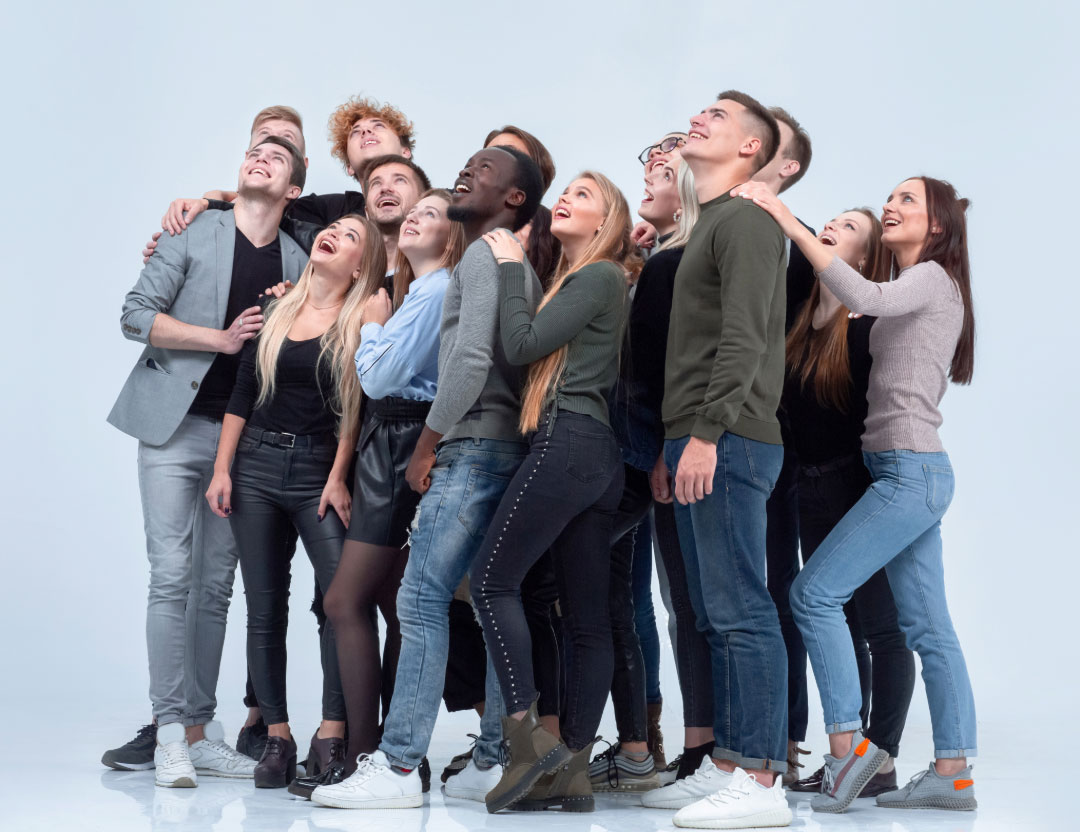Looking up.
As we become adults, most of us spend a lifetime looking down. Its only small children that are looking up, at their parents, the sky, in general the entire world around them. Looking up for a child is much easier than for most adults. Their whole body is still very responsive to accommodate the weight of their head, shifting in space, and balancing beautifully over their pelvis, their core, their center of gravity. It’s a great example of how every movement we do requires a tremendous amount of spontaneous adjusting, so beautifully crafted by your nervous system. Unfortunately, people take this incredibly complex and beautifully organized system and minimize it to moving one part at a time. What if you read one of your favorite books, but just one word, or chapter? There would be little connection to the momentum of the storyline. It’s similar with your body.

I don’t suggest that you just start looking up and forcing that movement because for most the neck and the upper body is incredibly tight. We are slumped over computer screens, desks, kitchen counters, steering wheels, and are even told don’t look up. Many have been told, that’s “not” a movement that’s good for your neck. As we become adults, we pretty quickly acquire a list, that gets longer, of what we can and cannot do with out body. The “cannot do” part of that list gets longer until we no longer feel free to move and begin to further disconnect from our bodies natural alignment system. Look up but do it different.
There are no bad movements, only movements done badly.
One movement does change your whole body.
Doing one movement, like looking up can change your whole body, gradually. Start extremely small. There’s no reason to force it or fight with it, but just to notice how comfortable you are.
What happens when you do that movement?
Do you feel it in any other parts of your body?
Do you find other parts prevent you from looking up, like tight shoulders or stiff back muscles?
The power of our nervous system is it will adapt to anything you try if you go about it, gradually. Because, as I said, so much of your body will have to adjust and our bodies are not used to making adjustments. In many ways a common underlying message in the world of exercise is our body is not too bright and have to be totally controlled. Responsiveness is out of the question.
The control is in the experience, not the information alone. Most people never really experience what is possible for their bodies, and not just for children or young adults, everyone!
The benefits of looking up:
From looking down, much of our body gets compressed. The lower back gets pressure. The neck gets strained the shoulders round forward. But even more important, you’re breathing has really no room of which to expand. As your head gets free to move, the whole body will have to change and lengthen. This will improve breathing, and take pressure off chronically tight lower back, knees and feet.
If you would like to try, looking up, take it in stages. Be a bit of a scientist, experiment, explore. It’s not necessary to force or try to fix anything. Do it differently. Believe it or not, your body learns through the experience, not the perfection of the experience. It will adjust you as you explore.
Here are a few things you could try.
- Neck on the ball is a great way to simply feel the weight of your head and neck. Feeling eight is the way for your body to sense if its straining or trying to “hold” too tightly. Most of us when we lie down on the floor do not feel large parts of our body resting on the floor. Our body fights the feeling of the weight based on well trained habits of posture and exercise.
Remember to feel the weight!* - Try the open mouth breathing. Also, a great way of getting a sense of easing the muscles of the jaw as you improve your breathing. This works beautifully with neck on the ball. You can also do this sitting at your desk or lying in bed on a pillow.
- Try this Whole-Body Move, one of my favorites of many of my students. let the weight of your head bend forward t gently, which, of course is the opposite of looking up. This will help you begin to loosen the muscles of your neck, using the weight of your head. Then gradually lifting your head back up. It will give you feeling of the weight of your head. Do you notice how responsive or unresponsive, other parts of your body are? Do you stop breathing? You can also do this at your desk, or while sitting.
- See video for neck on the ball. If you do not have a ball, watch the video and simply let the weight of your head rest on the floor. The weight is there. The ball helps you to feel it.
These three things are something you can do almost every day to begin to get that sense of the chain reaction that takes place just like children when we move and how breathing naturally responds.

Look Up
I haven’t talked to much about looking up. Think of looking up as the “hook” to a great song. The whole song really leads you to that hook that you might hum over and over again. Doing some of what I suggest today is the movement before looking up.
View this post on Instagram
View this post on Instagram
Beginning to enjoy, the feeling of movement is something we all secretly crave. But I truly believe we don’t believe it’s attainable because we’re all trying to move one part at a time. Pulling a word out of context from a book so that there is no meaning to the sentence, taking your arm and trying to stretch it, doesn’t work. It’s frustrating when it isn’t connected to any other part of the body. We blame our body, when there is so much your body will naturally do if we stop doing movement from information without experience. Feel your body.
Learn how looking up will also strengthen your core at the next FREE Webinar:
Strengthen your Body by Using the Miracle Ball Method
March 30th 1pm ET
